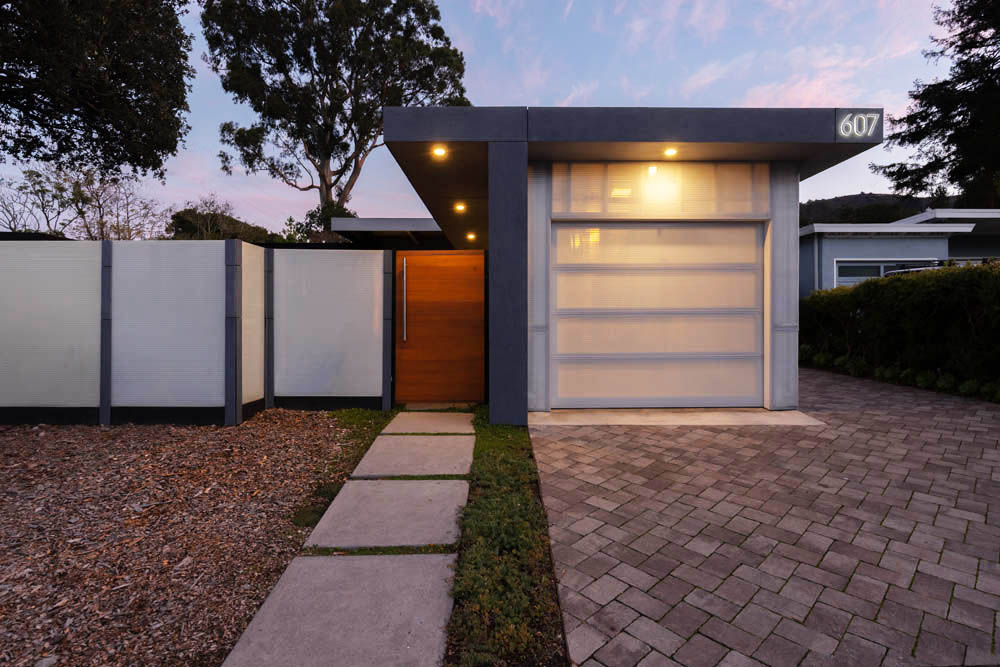
Architects frequently design exterior spaces and places. The best way to define these spaces and places depends on their function and purpose. A fence or a wall encapsulates space literally with a barrier. Inside that barrier, presumably anything or nothing can happen. As long as they don’t cross the fence (or wall), the occupants are part of the space, and the space remains intact. The occupants’ actual activities inside the space usually don’t impact whether the space is even perceived as such. In fact, the space is defined whether or not there are people in it. In the sense that occupants can just float within the fence as long as they don’t cross it, a space defined by a fence is anti-gravitational.
A space can also be created symbolically using a strong central monument such as an obelisk, mosque, church, statue, outdoor concert stage, or other architectural device that commands a shared and profound meaning for the people using the space. The space is loosely defined or implied by the visibility of the central object. Occupants are drawn to the obelisk as if it has a gravitational pull, and they feel they are part of the same shared space with any other people who are drawn to it. Since the space is symbolic and based on shared beliefs, it arguably requires occupants to be considered a space. Like a tree falling silently in a forest, an empty space defined by an obelisk, may not be “there.”

The strategy for defining a space depends on its purpose. An enclosure is appropriate when the space’s purpose is to keep people in (or out) and when no common belief system binds them to the space. It can be very expensive to construct an enclosure, however, and it limits future growth, as many walled cities have learned.
An obelisk (or other element), conversely, works when the space is intended to influence and to express or reflect common identity. The space is loosely defined and can grow or shrink according to the number of people using it. Whether anchored by a cathedral, synagogue or mosque in a city center, the implied space defined by the anchor element continues to be defined and functional even as the city may grow outward from it.
Like most decisions in architectural design, the “why” informs the “how.”
